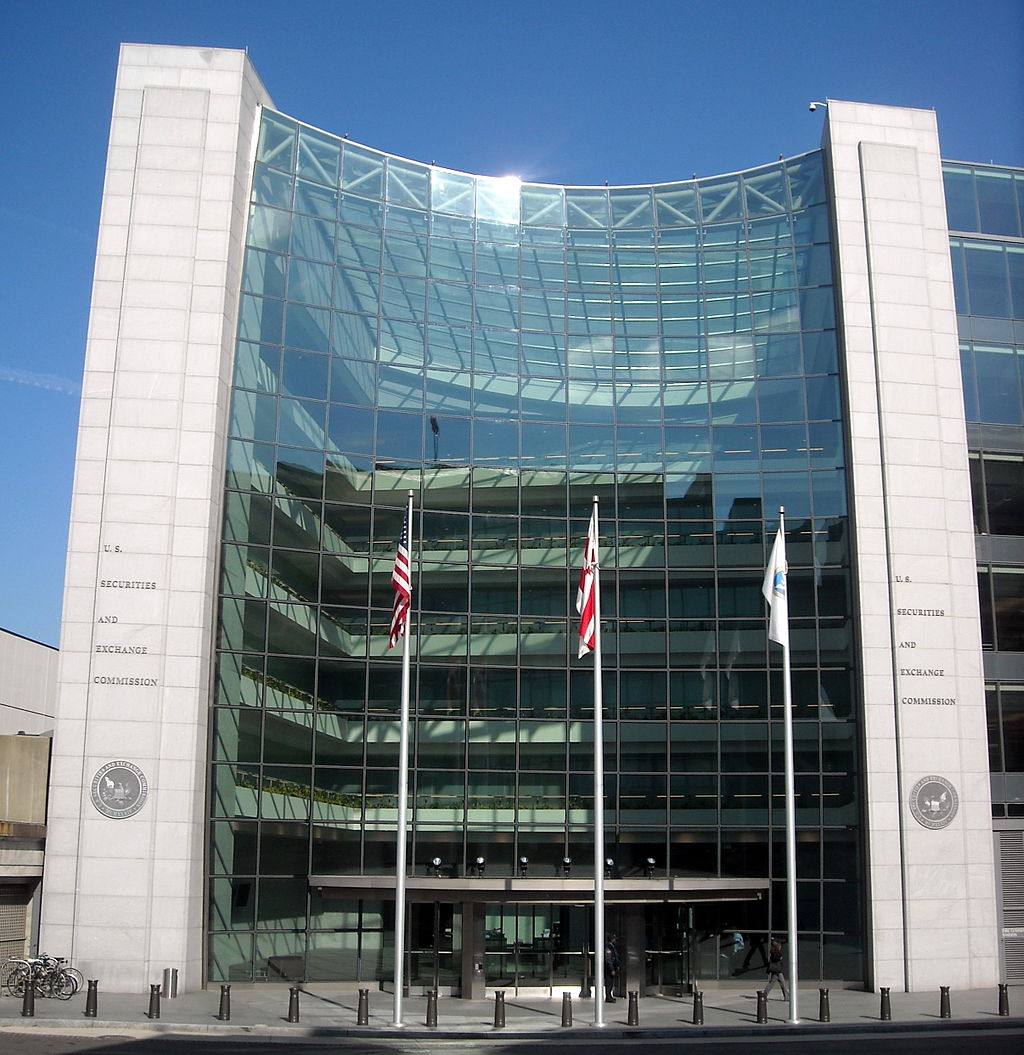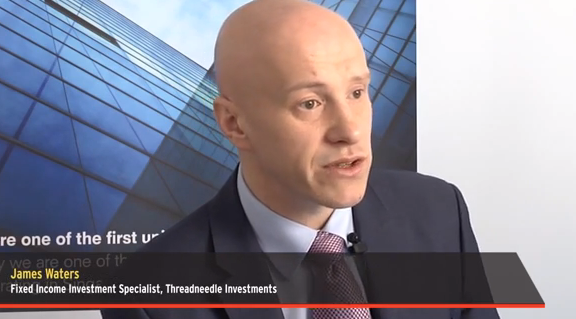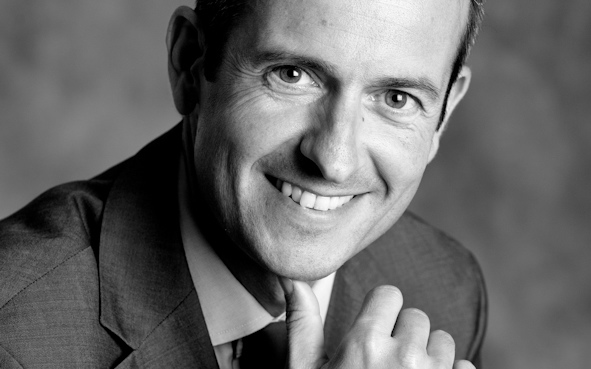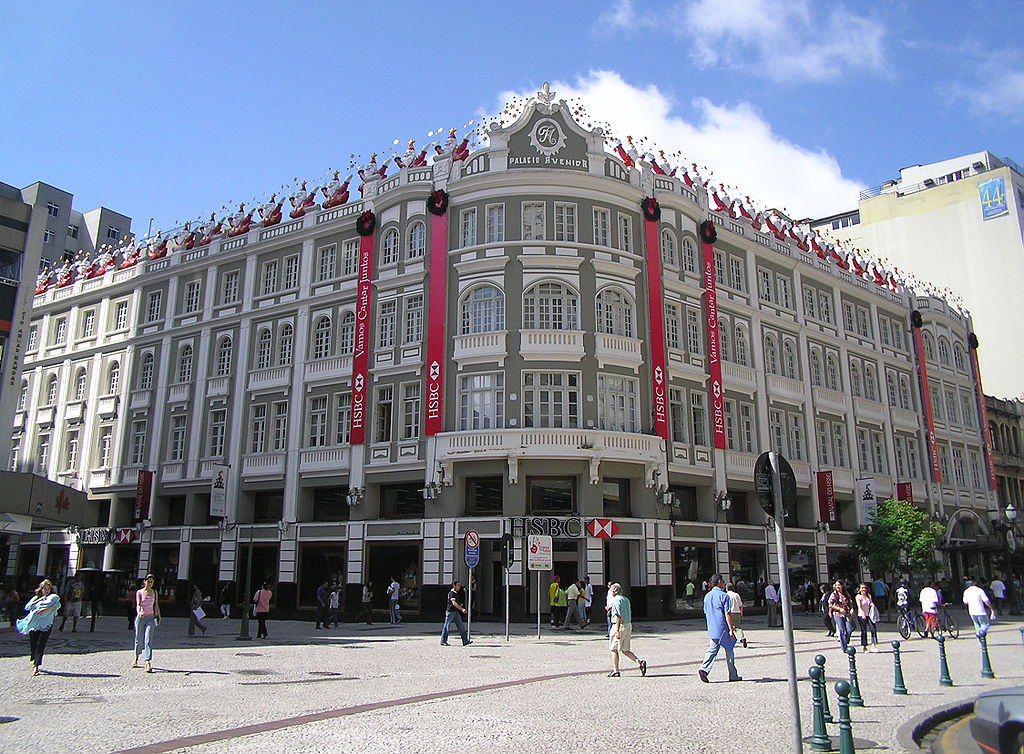Argentina down to the lower level of liquidity, according to the MSCI Frontier Markets Index
| For Fórmate a Fondo | 0 Comentarios

MSCI Inc, a leading provider of investment decision support tools worldwide, including indices, portfolio risk and performance analytics and corporate governance services, announced today the results of the May 2013 Semi‐Annual Index Review for the MSCI Equity Indices – including the MSCI Global Standard, MSCI Global Small Cap and MSCI Micro Cap Indices, as well as the MSCI Global Value and Growth Indices, the MSCI Frontier Markets and MSCI Frontier Markets Small Cap Indices, the MSCI Global Islamic and MSCI Global Islamic Small Cap Indices, the MSCI Pan‐Euro and MSCI Euro Indices, the MSCI US Equity Indices, the MSCI US REIT Index, as well as the MSCI China A Indices. All changes will be implemented as of the close of May 31, 2013.
MSCI Global Standard Indices: Sixty securities will be added to and 61 securities will be deleted from the MSCI ACWI Index. The three largest additions to the MSCI World Index measured by full company market capitalization are Zoetis A (US), Telefonica Deutschland (Germany) and Biomarin Pharmaceutical (US). The three largest additions to the MSCI Emerging Markets Index measured by full company market capitalization are Shin Corporation PCL (Thailand), Suzano Papel E Celulose (Brazil), and Oil India (India).
MSCI Global Small Cap Indices: There will be 372 additions to and 334 deletions from the MSCI ACWI Small Cap Index.
MSCI Global Investable Market Indices: There will be 348 additions to and 311 deletions from the MSCI ACWI IMI.
MSCI Global All Cap Indices: There will be 411 additions to and 195 deletions from the MSCI World All Cap Index.
MSCI Global Value and Growth Indices: For the MSCI ACWI Value Index, the largest additions or style changes from growth to value will be United Technologies Corp (US), BASF (Germany) and Altria Group (US). For the MSCI ACWI Growth Index, the largest additions or style changes from value to growth will be Berkshire Hathway B (US), Walt Disney (US) and Bank of America Corp (US).
MSCI Frontier Markets Indices: There will be five additions to and five deletions from the MSCI Frontier Markets Index. The three largest additions to the MSCI Frontier Markets Index are Flour Mills Nigeria (Nigeria), Union Bank Nigeria (Nigeria) and Irsa ADR (Argentina).
There will be 31 additions to and 22 deletions from the MSCI Frontier Markets Small Cap Index.
Following a deterioration of liquidity in the Argentinean, Omani and Croatian equity markets, Argentina and Oman will be reclassified from the “Average Liquidity” to the “Low Liquidity” category, and Croatia will be reclassified from the “Low Liquidity” to the “Very Low Liquidity” category.
In addition, MSCI will introduce a new standalone country index for Palestine as part of the May 2013 Semi-Annual Index Review. The MSCI Palestine IMI Index will include one Standard and three Small Cap constituents.
MSCI Global Islamic Indices: Twenty Seven securities will be added to and 64 securities will be deleted from the MSCI ACWI Islamic Index. The three largest additions to the MSCI ACWI Islamic Index are Danone (France), PPR (France) and McGraw-Hill Cos (US). There is one addition to and one deletion from the MSCI Gulf Cooperation Council (GCC) Countries ex Saudi Arabia IMI Islamic Index.
MSCI US Equity Indices: There will be three securities added to and five securities deleted from the MSCI US Large Cap 300 Index. The three additions to the MSCI US Large Cap 300 Index are Sirius XM Radio, LinkedIn Corp A, and Cerner Corp.
Eighteen securities will be added to and 13 securities will be deleted from the MSCI US Mid Cap 450 Index. The three largest additions to the MSCI US Mid Cap 450 Index measured by full company market capitalization are Hartford Financial Services, TD Ameritrade Holding Co and Boston Scientific Corp.
Ninety securities will be added to and 49 securities will be deleted from the MSCI US Small Cap 1750 Index. The three largest additions to the MSCI US Small Cap 1750 Index measured by full company market capitalization are Bio-Rad Laboratories A, Washington Post Co B and CBOE Holdings.
There will be 44 additions to and 45 deletions from the MSCI US Micro Cap Index.
For the MSCI US Investable Market Value Index, there will be 207 additions or upward changes in Value Inclusion Factors (VIFs), and 202 deletions or downward changes in VIFs. For the MSCI US Investable Market Growth Index, there will be 228 additions or upward changes in Growth Inclusion Factors (GIFs), and 200 deletions or downward changes in GIFs.
MSCI US REIT Index: There will be five additions to and no deletions from the MSCI US REIT Index.
MSCI China A Indices: There will be 18 additions to and 57 deletions from the MSCI China A Index. The three largest additions to the MSCI China A Index are Bbmg Corp A, Avic Capital Co A and Shenzhen O Film Tech A. There will be 90 additions to and 16 deletions from the MSCI China A Small Cap Index.











